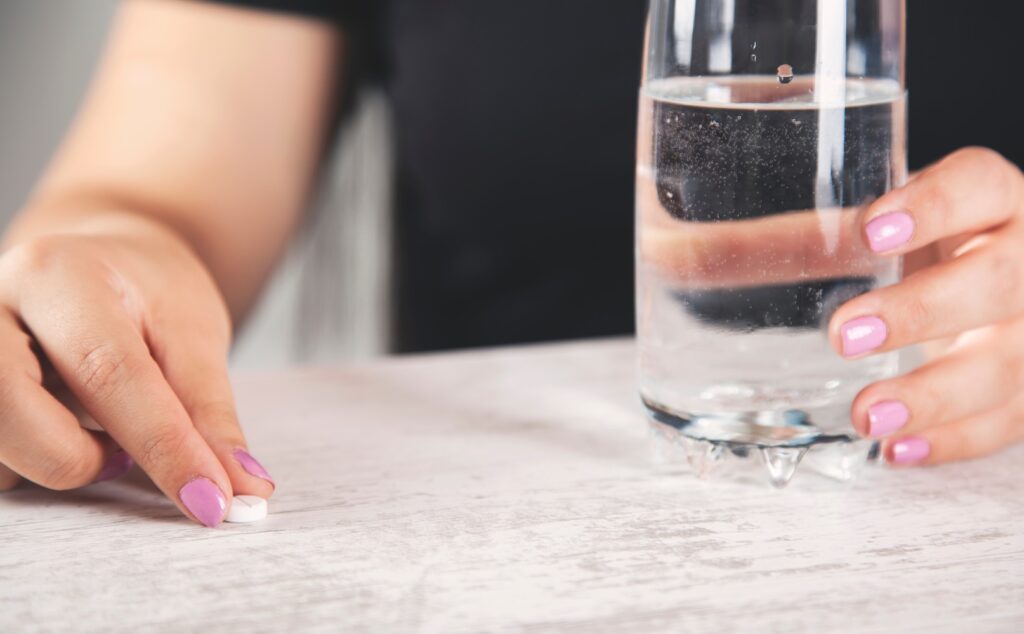Rise in abortions since Roe reversal points to DIY abortion drugs
Drug-induced abortions that women and girls can perform at their own convenience in their homes and dorm rooms now account for a majority of abortions in America.
According to the Associated…

Drug-induced abortions that women and girls can perform at their own convenience in their homes and dorm rooms now account for a majority of abortions in America.
According to the Associated Press’ (AP) recent review of abortion data, including those from the pro-abortion rights Guttmacher Institute, the number of abortions has risen somewhat since the U.S. Supreme Court overturned Roe v. Wade in 2022.
“That’s likely a result of monumental efforts by clinics, abortion funds and practical support organizations to expand access to care and reduce stigma, as well as broader availability of telehealth for medication abortion and new supportive policies in protective states like shield laws that offer protection for abortion providers treating patients in other states via telemedicine and the removal of public insurance coverage restrictions that make abortion care more affordable,” wrote Kelly Baden, vice president for public policy at the Guttmacher Institute, in a column at the left-wing Scientific American.
Baden’s piece is laden with misleading statements that conflate abortion – the purposeful termination of the life of an unborn child – with “pregnancy complications” and miscarriage. Abortion rights activists who promoted the state ballot amendments during the 2024 elections falsely claimed state laws protecting unborn lives and women were denying care to women who experienced serious pregnancy complications.
Nevertheless, regarding the jump in drug-induced abortions, the pro-life Charlotte Lozier Institute (CLI) also acknowledged on December 19:
“Drug-induced abortions have been rapidly increasing in the U.S., which may impact the percentage of abortions performed after 15 weeks, since abortion drugs are most commonly used in the first trimester. Their increased use may drive up the number of first trimester abortions.
The means of delivering abortion drugs – via telehealth – has indeed become more common and, as is often the case, when something becomes more convenient, it often becomes more popular.
“As the bans swept in, abortion pills became a bigger part of the equation,” AP observed. “They were involved in about half the abortions before Dobbs. More recently, it’s been closer to two-thirds of them, according to research by the Guttmacher Institute.
The number of drug-induced abortions, however, had been increasing prior to the Court’s ruling in Dobbs, as AP also noted, adding: “But now, it’s become more common for pill prescriptions to be made by telehealth. By the summer of 2024, about 1 in 10 abortions was via pills prescribed via telehealth to patients in states where abortion is banned.
Abortion rights activists who applaud this so-called “accessibility” or convenience of a means to end the life of an unborn baby seem to gloss over the pain and safety issues that await young women “diy-ing” their own abortions.
In March, CLI filed an amicus brief asking the Supreme Court to affirm the 5th U.S. Circuit Court of Appeals decision that found the Food and Drug Administration (FDA) likely violated the law when it allowed abortion-inducing drugs to be sent by mail. The brief spelled out the dangers of at-home abortions via mailed medications:
“Without an in-person clinical visit, pregnant women are much less likely to receive an ultrasound. Yet ultrasounds are the most accurate way to diagnose ectopic pregnancy, which poses perhaps the greatest health risk to women receiving chemical abortions. If undiagnosed, moreover, ectopic pregnancy poses the most serious complication following unsupervised chemical abortion. Mifepristone and misoprostol will not resolve an ectopic pregnancy because these medications exert their actions on the uterus, allowing the ectopic pregnancy, which exists outside of the uterus, to continue to grow—possibly to the point of tubal rupture, which can lead to catastrophic bleeding and death.
CLI continued that unsupervised DIY abortions force the abortion activists’ “one-patient paradigm” in which “the fetus is their second patient only if the mother desires her to be so.”
“These advocates appear to consider ‘unwanted’ pregnancy a disease and recommend abortion as its treatment because it eliminates the disease,” CLI argued.
In November, data from the Centers for Disease Control and Prevention (CDC) showed that the number of abortions dropped slightly in the United States in 2022 by 2%, compared to 2021. The total number of abortions fell from 622,000 in 2021 to 609,000 in 2022.
According to CDC, however, 70% of abortions were drug-induced in 2022.
Abortion-inducing drugs, as AP noted, are now a focus of court battles.
Last month, the state of Texas sued a New York provider for allegedly prescribing abortion drugs to a 20-year-old woman in the Dallas area via telehealth – a violation of Texas law.
Texas Attorney General Ken Paxton accused Dr. Margaret Carpenter of mailing abortion drugs from New York to the young woman, who allegedly took the pills when she was nine weeks pregnant, Fox News reported. When the woman experienced severe bleeding, she asked the father of her baby – who did not know she was pregnant – to take her to the hospital.
Florida’s switch from serving once as a haven for Southern women seeking abortions to one that protected the unborn once a heartbeat was detected has been a “game-changer,” observed AP.
“There were about 30% fewer abortions there in May compared with the average for the first three months of the year,” the report noted. “And in June, there were 35% fewer.”



